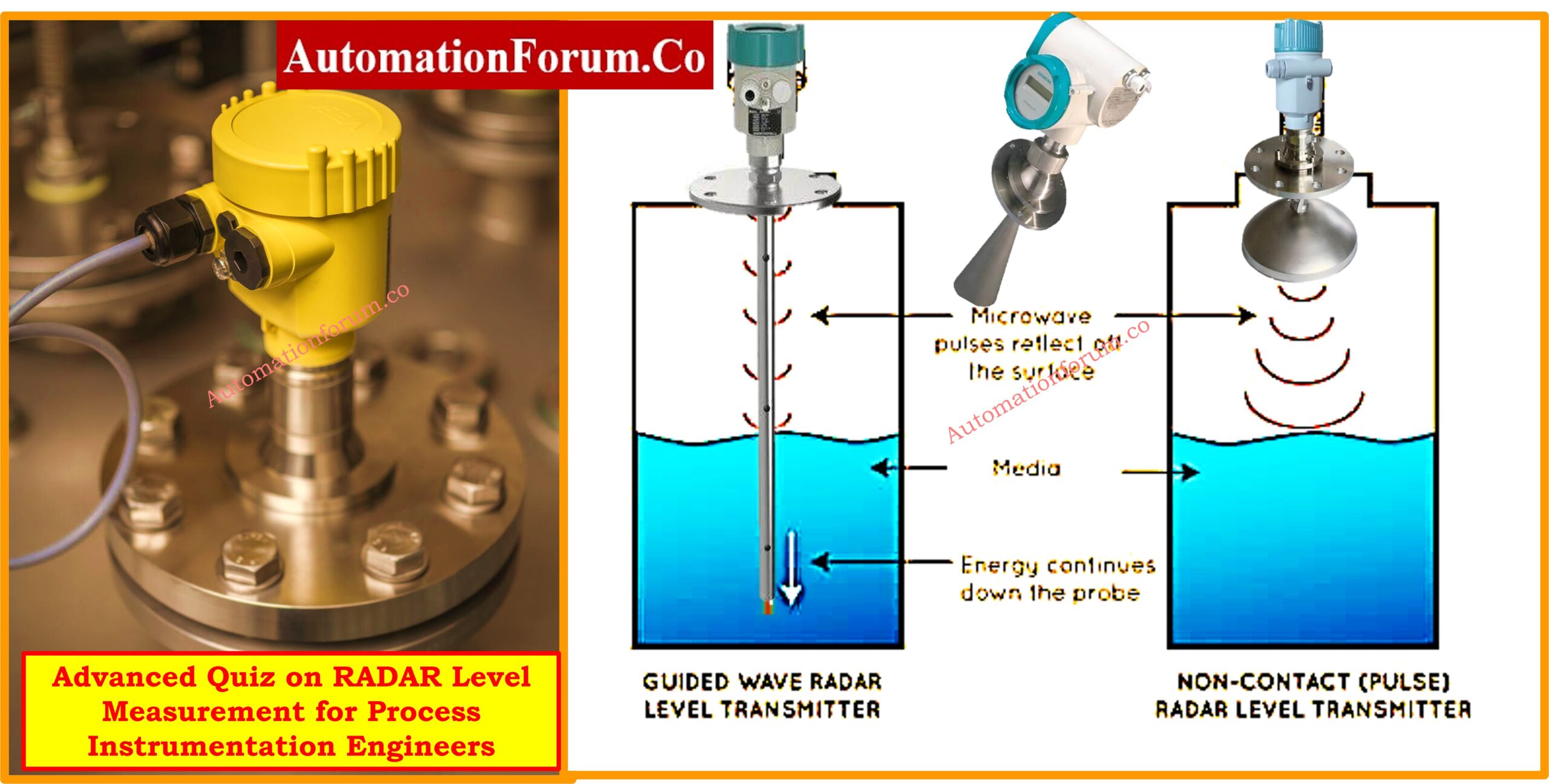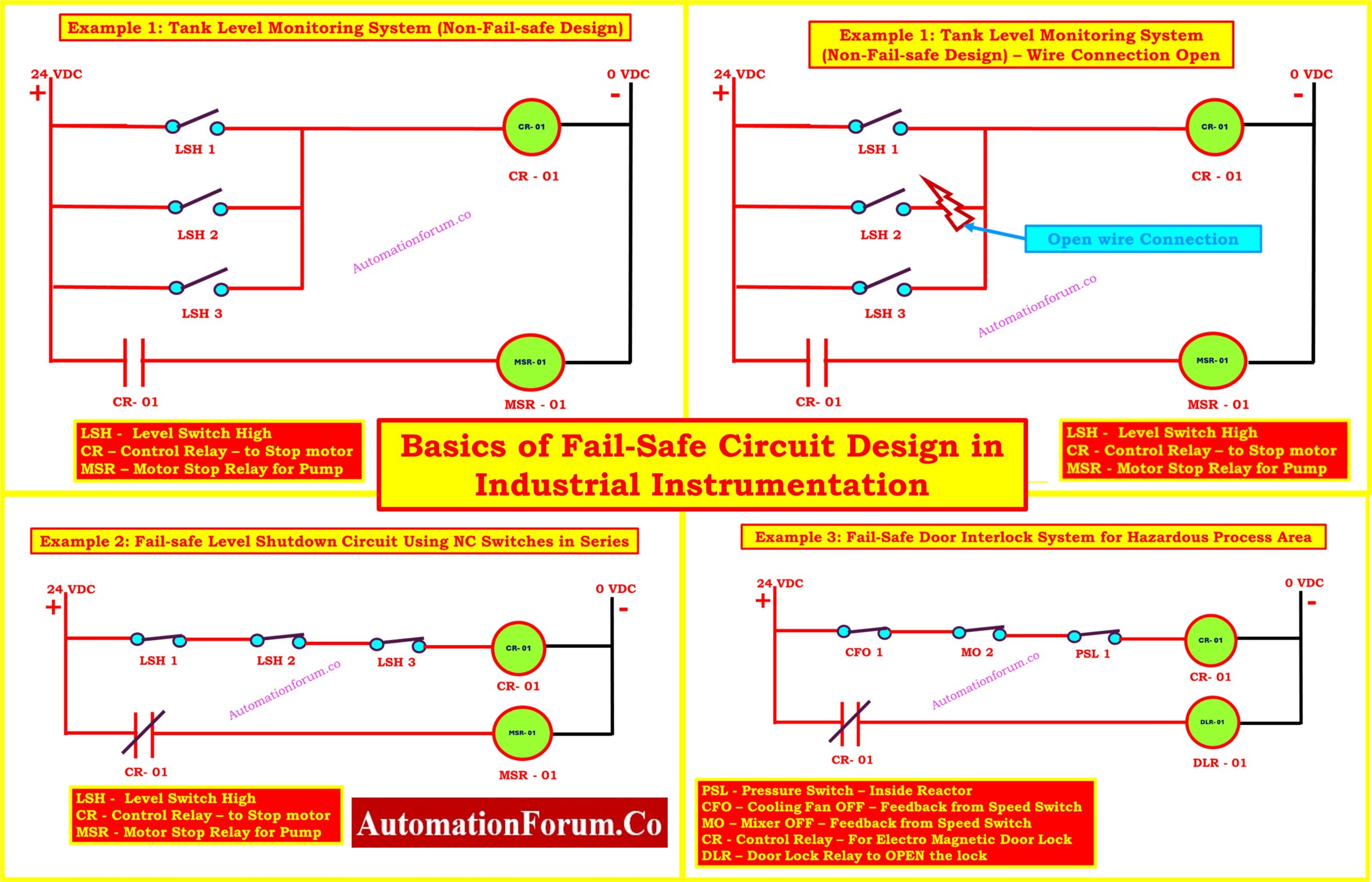- Role of Calibrators in Process Industry
- Why Calibrating Calibrators are Important ?
- Importance of ISO 17025 Accreditation
- Importance of Traceability to NIST or National Standards
- When Should you Calibrate your Calibrators?
- Calibration Equipment List – What Should Be Tracked?
- Structuring a Calibration Control Plan for Calibrators
- Key Benefits of Calibrating Calibrators
- Real-World use Case: Pharmaceutical Manufacturing Plant
- Integration with Calibration Management Software
- How Often Do Calibration Standards Drift?
- Industry-Specific Considerations for Calibrator Accuracy
- Selecting the Right Calibration Service Provider
- Common Mistakes in Calibrator Management
- Final Thought: Calibration Starts from the Top
In industries where precision is critical such as pharmaceuticals, aerospace, manufacturing, healthcare, oil and gas, and research measurement accuracy defines quality, safety, and efficiency. Devices such as calibrators are routinely used to validate pressure gauges, transmitters, RTDs, thermocouples, and flow meters. But what ensures the calibrator itself is accurate?
That’s where calibrating the calibrators becomes essential. This article explores the importance of calibrating your calibrators, the role of traceability to NIST or national standards, compliance with ISO 17025, and how to establish a structured control plan with recommended calibration frequencies and equipment tracking.
Role of Calibrators in Process Industry
A calibrator is a high-accuracy reference instrument used to verify or adjust the performance of process measurement devices. They simulate or measure variables like pressure, temperature, current, voltage, or resistance. Calibrators are critical in ensuring that field devices report data correctly during operation.
However, if a calibrator used for checking a pressure gauge is inaccurate itself, every device it validates becomes suspect. This can trigger process errors, safety violations, or costly shutdowns.
Why Calibrating Calibrators are Important ?
Maintains Measurement Integrity
The integrity of your process data depends on the reference standard. If a calibrator drifts even slightly from its accuracy specification, every device it checks becomes a source of cumulative error. This chain of error affects quality control, production outcomes, and regulatory acceptance.
Prevents Process Risk
Regulatory and Audit Readiness
Industries regulated by FDA(Food and Drug Administration (United States)), EMA(European Medicines Agency), NABL(National Accreditation Board for Testing and Calibration Laboratories (India)), BIS(Bureau of Indian Standards), or other bodies must prove that their measurements are valid. Calibration certificates of field instruments are not sufficient unless the source calibrators themselves are within traceable and certified limits.
Calibration Guidelines you Should Follow: Calibration Guidelines
Importance of ISO 17025 Accreditation
What is ISO 17025?
ISO/IEC 17025 is the international standard for competence of testing and calibration laboratories. When a lab calibrates your calibrators under this accreditation:
- The results are technically valid
- Measurements are traceable to recognized international or national standards
- The lab follows a stringent quality management system
Why it is important: If your calibrator is not certified by an ISO 17025-accredited lab, your audit trail could be invalid. Regulatory bodies will question the chain of measurement accuracy, even if field instruments show calibration labels.
Refer the below link for the Basic Safety and General Consideration While Executing Calibration Process in process industries
Importance of Traceability to NIST or National Standards
Traceability means that the measurement result from a calibrator can be linked through an unbroken chain of calibrations to a national or international standard, such as NIST (National Institute of Standards and Technology) in the USA or NPL (National Physical Laboratory) in India.
Why NIST Traceability is Critical ?
- Ensures global measurement uniformity
- Proves that measurements are based on recognized physical constants or international units (SI)
- Provides confidence during customer or regulatory audits
- Allows for comparison across locations, vendors, and countries
Bottom line: Calibration without traceability is like having a passport with no official seal it’s unverifiable.
When Should you Calibrate your Calibrators?
The calibration frequency of a calibrator depends on several factors. There is no universal rule, but common practices are summarized below:
| Trigger or Condition | Recommended Calibration Interval |
| Manufacturer’s recommendation | Every 6 to 12 months |
| Frequent or heavy usage | Every 3 to 6 months |
| Harsh operating conditions | Increase frequency as needed |
| After electrical/mechanical shock | Immediate recalibration |
| Following any repairs/modifications | Mandatory recalibration |
| Before starting critical operations | Calibrate or verify before use |
You should also consider historical drift data. If a particular calibrator has shown minimal drift over time, its interval might be extended but only after documented evidence.
Calibration Equipment List – What Should Be Tracked?
All reference standards, including calibrators, should be inventoried and tracked. This ensures you don’t miss re-calibration schedules and can easily generate reports during audits.
Common Calibrators Require Periodic Calibration:
- Pressure calibrators (handheld, pneumatic, hydraulic)
- Temperature calibrators (dry blocks, liquid baths, RTD simulators)
- Multifunction process calibrators
- Voltage/current loop calibrators
- Deadweight testers
- Precision digital multimeters (DMMs)
- Documenting calibrators with in-built data loggers
- Field communicator-calibrators (HART, Foundation Fieldbus)
- Primary and secondary electrical standards
Each item should have a unique asset ID, date of last calibration, certificate number, next due date, calibration provider, and uncertainty value.
40+Standard Instrument Calibration Procedures: Instruments Calibration Procedures
Structuring a Calibration Control Plan for Calibrators
An effective control plan is a core requirement in ISO 9001, ISO 17025, and GMP (Good Manufacturing Practices) documentation. It keeps your operations audit-ready and measurement-accurate.
Key Elements of a Calibrator Control Plan:
- Asset Register
Maintain a central list of all calibrators, their specifications, last calibration date, and due dates. - Calibration Frequency Definition
Base this on manufacturer’s advice, field criticality, history of drift, and internal risk assessments. - Verification Method
Identify whether calibration is internal (using your own master instruments) or external (via accredited lab). - Calibration Certificates Management
Store certificates in an accessible format, either as hard copies or in cloud-based software systems. Check for:- Uncertainty values
- Traceability references
- Environmental conditions
- Calibration procedure number
- Reference equipment used
- Alerts and Escalation
Use digital tracking systems to flag upcoming or overdue calibrations. Escalate overdue items through quality teams. - Action for Out-of-Tolerance
Have a documented method to manage devices that fail calibration. This includes tagging as “OUT OF SERVICE,” removing from active use, investigating root cause, and reviewing devices calibrated by it.
Calibration Calculators for Accurate Adjustments: Collection of Instrument Calibration Activity Calculators for Accurate Adjustments
Key Benefits of Calibrating Calibrators
1. Measurement Confidence
You ensure every measurement taken across your plant is defensible and reliable.
2. Regulatory Compliance
You meet FDA, ISO, and internal audit requirements with complete traceability.
3. Reduced Downtime and Risk
Accurate instruments lead to fewer reworks, less troubleshooting, and safe process continuity.
4. Cost Efficiency
Uncalibrated calibrators can lead to batch failures, product recalls, or even damaged assets. Routine calibration avoids such expensive surprises.
5. Data Integrity and Digitalization
In the age of IIoT and smart manufacturing, calibrated calibrators mean your SCADA, PLC, or DCS systems are basing automation decisions on valid data.
Real-World use Case: Pharmaceutical Manufacturing Plant
A pharmaceutical company operates with over 300 pressure gauges and 80 temperature transmitters. These are routinely calibrated using field calibrators. If these calibrators themselves are overdue or out-of-tolerance, the company risks violating GMP (Good Manufacturing Practices) and FDA(U.S. Food and Drug Administration) 21 CFR Part 11 regulations.
By building a control system for calibrator calibration, the plant:
- Ensures every field instrument calibration is valid
- Can demonstrate traceability to ISO 17025 and NIST
- Avoids costly product recalls due to data integrity issues
- Prepares for any surprise audit with well-organized calibration logs
Validation vs Calibration – Key Differences: Differences Between Validation and Calibration
Integration with Calibration Management Software
Modern plants increasingly use software tools to manage calibration workflows. These systems (like Beamex CMX, Fluke MET/TEAM, or in-house ERP tools) allow:
- Auto-generation of calibration schedules
- QR/barcode scanning of calibrators
- Certificate uploads and validation checks
- Drift analysis and historical trend review
- Notifications for overdue calibrations
Refer the below link for the Best Calibration Management Software Tools
How Often Do Calibration Standards Drift?
Factors include component age, heat cycling, electrical stress, or mechanical wear cause drift over time every calibrator no matter how advanced. In the first few months, this drift could be minor; but, with use, it becomes somewhat noticeable. Users unintentionally bring methodical mistakes into the system without regular validation.
For instance, a voltage calibrator drifting about 0.05% over a year might produce erroneous readings in flow transmitters, therefore influencing mass balance calculations in chemical plants. Little discrepancies between systems cause compliance problems or quality rejection.
Tip: Review manufacturer’s long-term stability data and historical calibration reports always to determine whether drift falls within reasonable limits.
Industry-Specific Considerations for Calibrator Accuracy
Different sectors have varying levels of tolerance for uncertainty:
- Pharmaceuticals and biotechnology: Given limited control bands under GMP, demand uncertainty budgets well within 0.1% for temperature and pressure.
- Aerospace and defense: Demand traceability not only to NIST but also commonly to DoD or MIL-STD systems with recorded uncertainty budgets.
- Oil & gas and petrochemicals: Focus on hazardous area certification of calibrators (ATEX/IECEx) together with calibration, especially for usage in Zone 0 or Zone 1 areas.
- Power generation: Safety interlocks and strong regulatory control in energy generating systems make calibrators traceable and certified periodically necessary.
Selecting the Right Calibration Service Provider
Calibration quality is largely influenced by the person doing it. One of a trustworthy service supplier should present:
- ISO 17025 certification with a defined scope (examining their certificate)
- Uncertainty records for every calibrated point
- Control of the environment during calibration
- Use of primary or secondary reference standards
- Digital records kept using searchable databases
Note: Search for providers of on-site calibration services who do not compromise traceability or documentation integrity.
Refer the below link: Guide for Selecting a Master Instrument for Calibration
Common Mistakes in Calibrator Management
Even with well-documented policies, some facilities find it difficult to handle practical issues including:
- Lost calibration certificates: Audits make demonstrating traceability challenging without a central repository or digital backup.
- Use of unverified spare calibrators: Technicians could unintentionally utilize older equipment without looking at calibration state.
- No escalation path for overdue items: Some companies are unsure about what happens when the due date of a calibrator passes, thereby postponing important upgrades.
- Non-accredited internal calibrations: In-house labs could lack ISO 17025 certifications, therefore compromising audit defenses even in cases of following internal policies.
Note: Use a calibration dashboard or asset tracking system that links asset ID, status, and certificate location in one place.
You must know common error during calibration: Top 15 Common Calibration Mistakes in Industrial Instruments
Final Thought: Calibration Starts from the Top
Calibrators are the first link in the measurement chain. If they are compromised, everything downstream is at risk from product quality to human safety. To summarize:
- Always calibrate your calibrators on a fixed schedule
- Ensure traceability to NIST or recognized national standards
- Only use ISO 17025-accredited calibration labs
- Track all calibration events in a structured control plan
- Automate reminders, certificate storage, and escalation processes
Whether you’re in healthcare, aerospace, oil & gas, or food processing, your ability to produce consistent, high-quality results depends on accurate measurement and that begins with the calibration of your calibrators.
For best practices in calibration, equipment selection, and regulatory compliance, partner with qualified calibration service providers that deliver traceable, accredited, and digitally documented calibrations that stand up to any audit.
Let your calibrators reflect the precision, reliability, and credibility of your entire operation.
You must understand: Why Calibration Isn’t the Same as Re-ranging in Process Instrumentation





